| |
|
|
Botanical Name |
: |
Ulmus rubra Muhl. |
English
Name |
: |
Slippery elm, Gray elm, Indian elm, Red elm, Sweet elm |
Synonym(s) |
: |
Ulmus fulva Michx. |
Family |
: |
Ulmaceae |
| |
General Info
| Description |
 |
|
A deciduous tree reaching 10-20 m tall and 50 cm trunk diameter. The leaves are 10-18 cm long, with a rough texture, coarsely double-serrate margin and an oblique base. The flowers are produced before the leaves in early spring, in clusters of 10-20; the fruit is an oval winged samara 2 cm long containing a single seed in the center. |
| Herb Effects |
 |
|
Antioxidant, demulcent, diuretic, emollient, expectorant, nutritive (inner bark); abortifacient (whole bark) |
Chemistry
| Active Ingredients |
 |
|
Ascorbic acid, beta carotene, citrostadienol, niacin, riboflavin, tannin, thiamin (bark); beta sitosterol, campesterol (wood) |
| Chemistry
of Active Ingredients |
 |
|
|
 |
Name |
CAS# |
IUPAC Name |
Formula |
Structure |
 |
|
| Ascorbic acid |
Not Available |
2-(1,2-dihydroxyethy
l)-4,5-dihydroxy-fur
an-3-one |
C6H8O6 |

|
| Beta carotene |
7235-40-7 |
3,7,12,16-tetramethy
l-1,18-bis(2,6,6-tri
methyl-1-cyclohexeny
l)-octadec
a-1,3,5,
7,9,11,13,15,17-nona
ene |
C40H56 |

|
| Niacin |
99148-57-9 |
Pyridine-3-carboxyli
c acid |
C6H5NO2 |
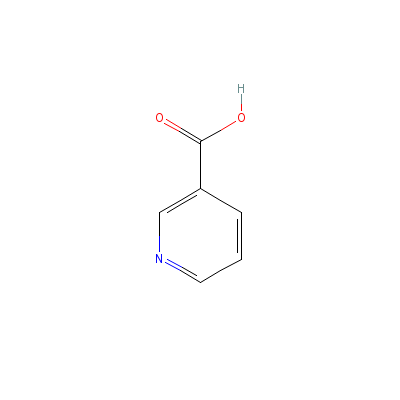
|
| Citrostadienol |
Not Available |
(3S,10R,13S,17R)-4,1
0,13-trimethyl-17-[(
Z)-5-propan-2-ylhept
-5-en-2-yl
]-2,3,4,
5,6,9,11,12,14,15,16
,17-dodecahydro-1H-c
yclopenta[a]phenanth
re
n-3-ol |
C30H50O |

|
| Riboflavin |
Not Available |
Not Available |
C17H21N4O9P |
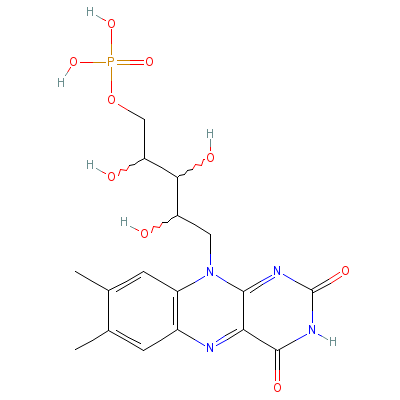
|
| Tannin |
1401-55-4 |
Not Available |
C27H22O18 |
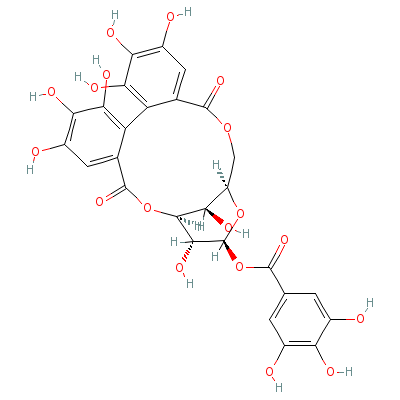
|
| Thiamin |
59-43-8 |
2-[3-[(4-amino-2-met
hyl-pyrimidin-5-yl)m
ethyl]-4-methyl-1-th
ia-3-azoni
acyclope
nta-2,4-dien-5-yl]et
hanol |
C12H17N4OS+ |

|
| Beta-sitosterol |
5779-62-4 |
17-(5-ethyl-6-methyl
-heptan-2-yl)-10,13-
dimethyl-2,3,4,7,8,9
,11,12,14, |
C29H50O |
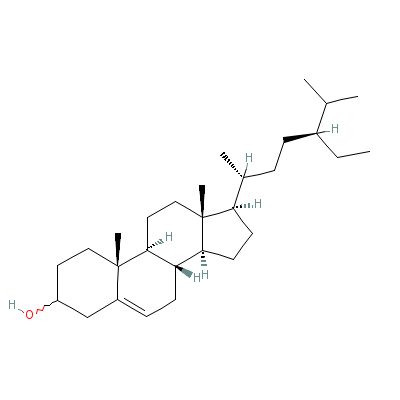
|
| Campesterol |
474-62-4 |
17-(5,6-dimethylhept
an-2-yl)-10,13-dimet
hyl-2,3,4,7,8,9,11,1
2,14,15,16
,17-dode
cahydro-1H-cyclopent
a[a]phenanthren-3-ol |
C28H48O |
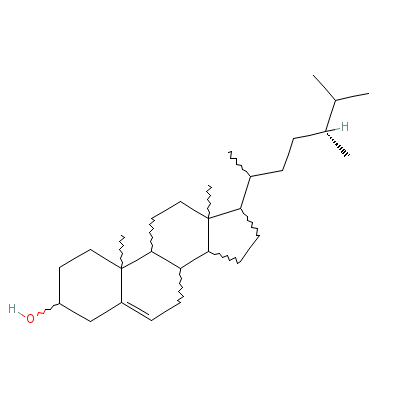
|
|
Pharmacology
| Medicinal Use |
 |
|
The inner bark has a soothing and healing effect on all parts of the body that it comes into contact with and is used in the treatment of sore throats, indigestion, digestive irritation, stomach ulcers etc. The tea or the gruel from bark may be used to soothe the digestive tract as well, such as with irritable bowel syndrome or gastritis. It is also applied externally to fresh wounds, burns and scalds. |
| Contraindication |
 |
|
Contraindicated during pregnancy. |
| Reference |
 |
|
 James A Duke and Maryl Fulton. Handbook of Medicinal Herbs - 2nd Edition, P: 675-676, CRC Press July 2002. James A Duke and Maryl Fulton. Handbook of Medicinal Herbs - 2nd Edition, P: 675-676, CRC Press July 2002.
|
Dealers
Products
|
|